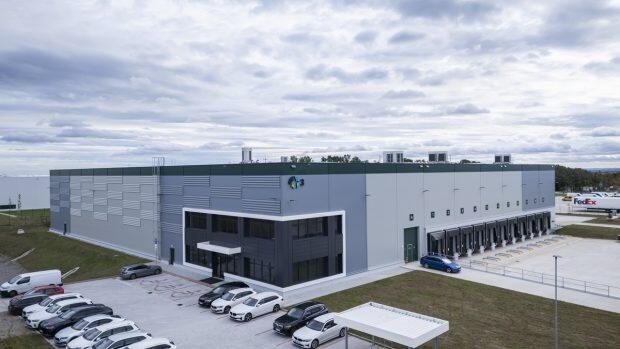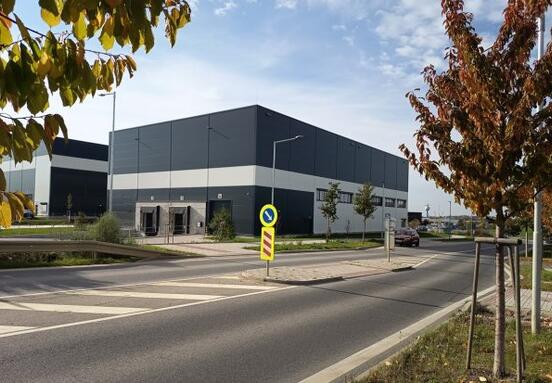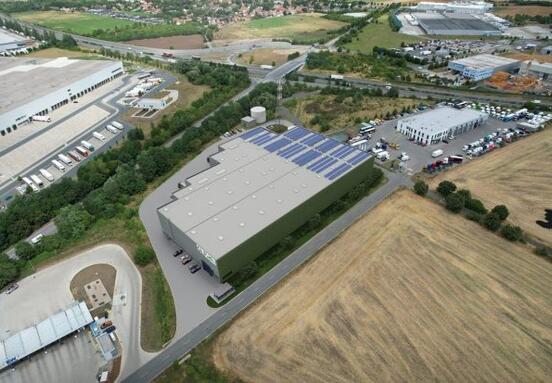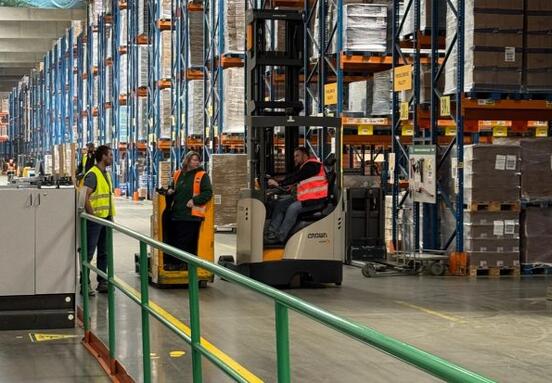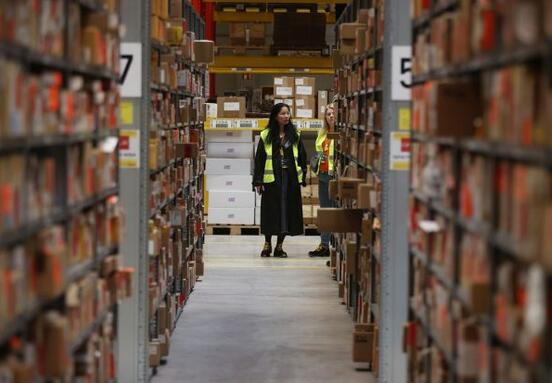“E-commerce penetration in continental Europe is over 10% and growing, but it is nowhere near the level of the UK, which has the highest share in Europe as a whole, at over 30%,” said Eva van der Pluijm-Kok, Vice President, Prologis EU Research. “By 2030, we expect this share to increase by a third, which will require significant investment in logistics and supply chain infrastructure to respond flexibly to changes in customer shopping behavior.” The Czech Republic is among the markets where e-commerce is doing extremely well. According to Allegro analysis, it is the 35th largest e-commerce market in the world, with an expected annual growth rate of over 8.3%.
The rapid growth of online shopping in Europe is also due to the rapid expansion of platforms such as Shein, Alibaba and Temu – for example, in Spain they account for 34% of e-commerce orders and in Germany their market share has more than tripled since 2022.
Regulation as another accelerator of change
Another significant factor influencing the development of e-commerce is regulatory changes. The European Union is considering adjustments to the tax threshold for duty-free imports of goods (so-called de minimis), which is currently set at 150 euros. The change could increase costs, especially for platforms that rely on global transport. Similar to the United States, there is growing interest in regional distribution centers and localized inventory management in Europe, which allows for faster delivery and better cost control.
The growing share of online shopping, new delivery models and changes in regulation are placing logistics real estate at the center of the transformation processes of European retail. Retailers must adapt their supply chains to the increasing competition and the growing demands of customers – and strategically located warehouses enable them to deliver faster, more cost-effectively and more operationally resilient.
Urban logistics becomes a priority
Customers expect same-day or next-day delivery, or even within hours for food, which significantly influences the choice of locations for warehouses and distribution centers. Therefore, there is a growing interest in modern logistics facilities near densely populated urban areas. “Fast delivery is now the norm – and that is why location is even more important than before. Urban logistics, designed for maximum efficiency, is becoming an indispensable part of supply strategies across Europe,” adds van der Pluijm-Kok. Her words are also confirmed by Martin Baláž, SVP and head of asset management for Central Europe: "We have maintained a high occupancy rate on the Czech market for a long time, with the highest occupancy and demand in parks in the immediate vicinity of the metropolis. For example, in Rudná we are 99% occupied and in Chrášťany we currently have one modern building with an area of 5.5 thousand square meters at our disposal." Along with the demand for modern logistics parks, interest in automation is also growing among e-commerce merchants and 3PL companies. “High customer expectations, the market environment and the general lack of space in premium locations are forcing all players to work much more efficiently and smarter with every square meter we have available. Through the Essentials platform, we support our customers in making the most of the most modern racking solutions, warehouse technology and implementing automation solutions that significantly contribute to more efficient operations – in terms of time, cost and space. Automation has been proven to help increase productivity, for example, it contributes significantly to reducing the time needed to pick orders,” explains Martin Baláž. In a number of countries, multi-storey warehouses and distribution centers are also being used as part of space optimization and efficiency. Other markets, including the Czech Republic, have stricter regulations regarding the height of industrial exhibitions, which significantly limit this use of space.
